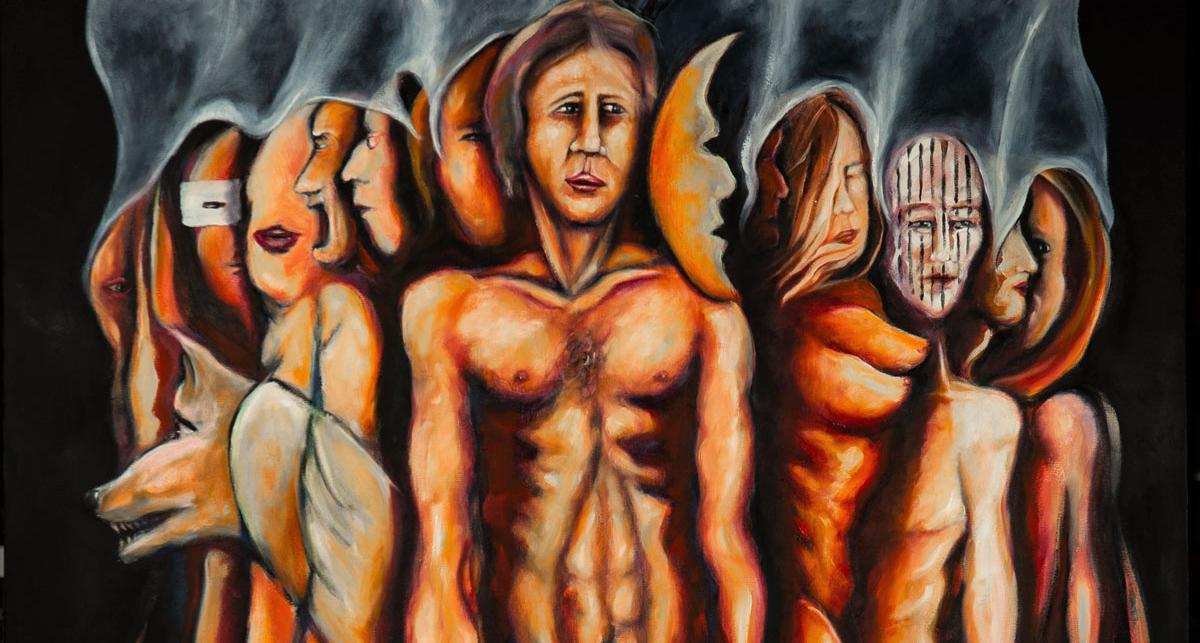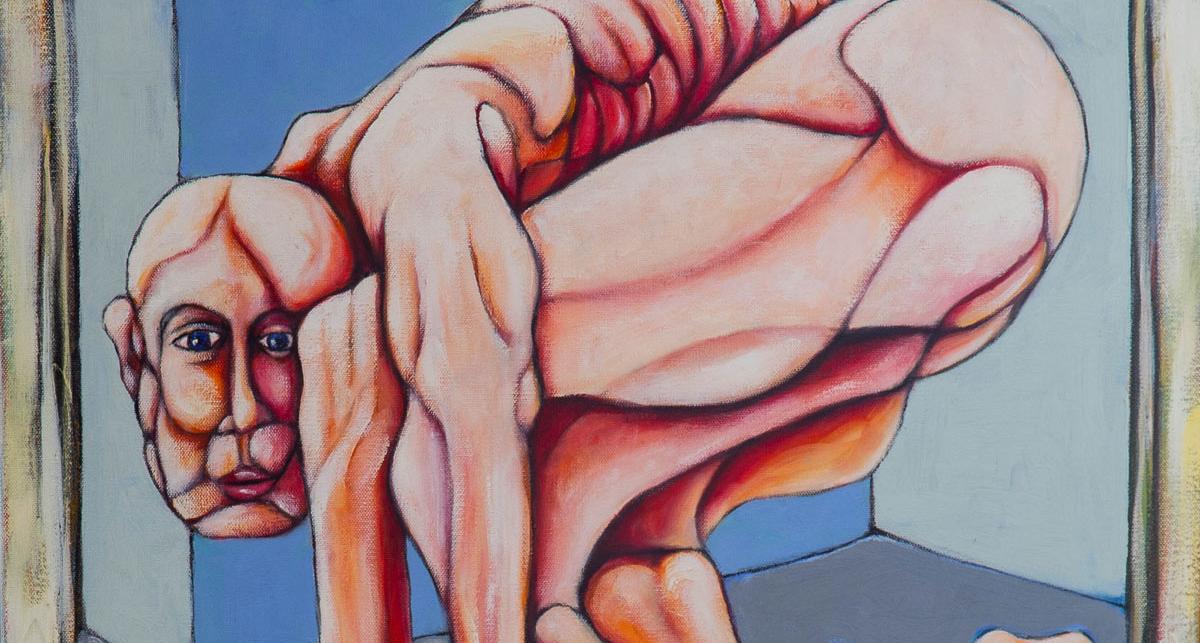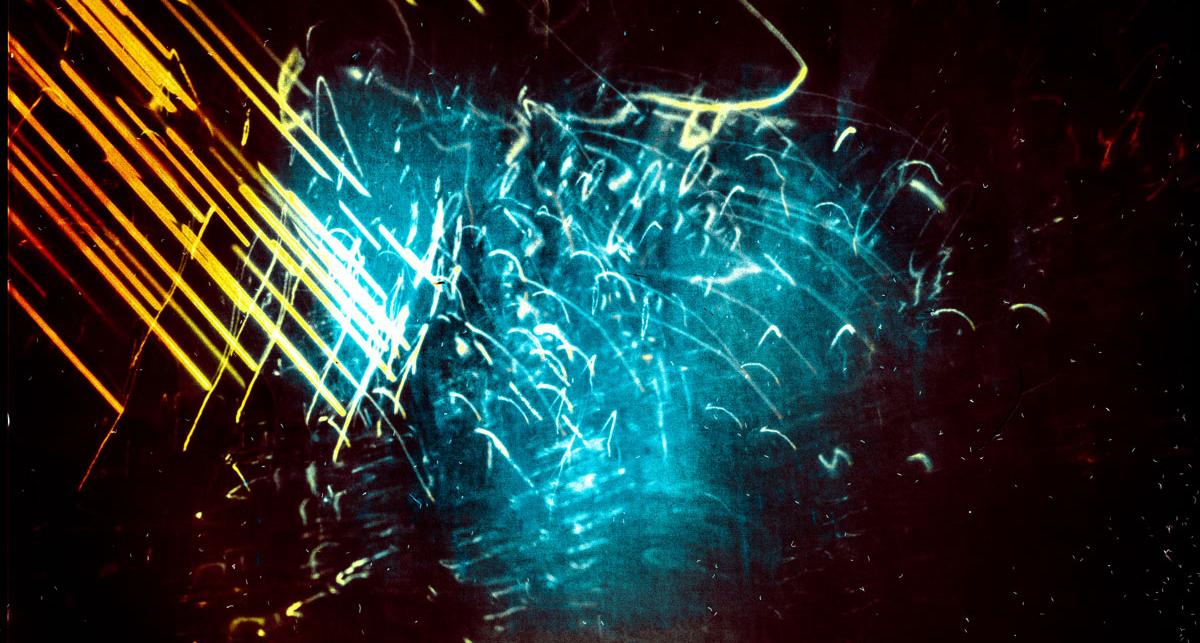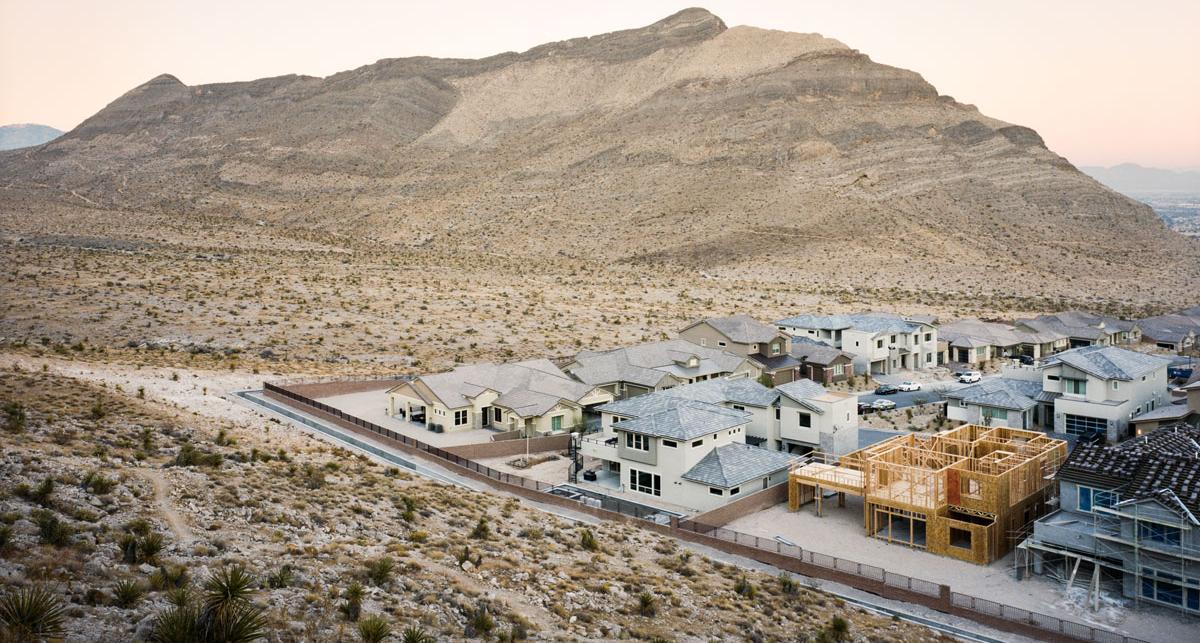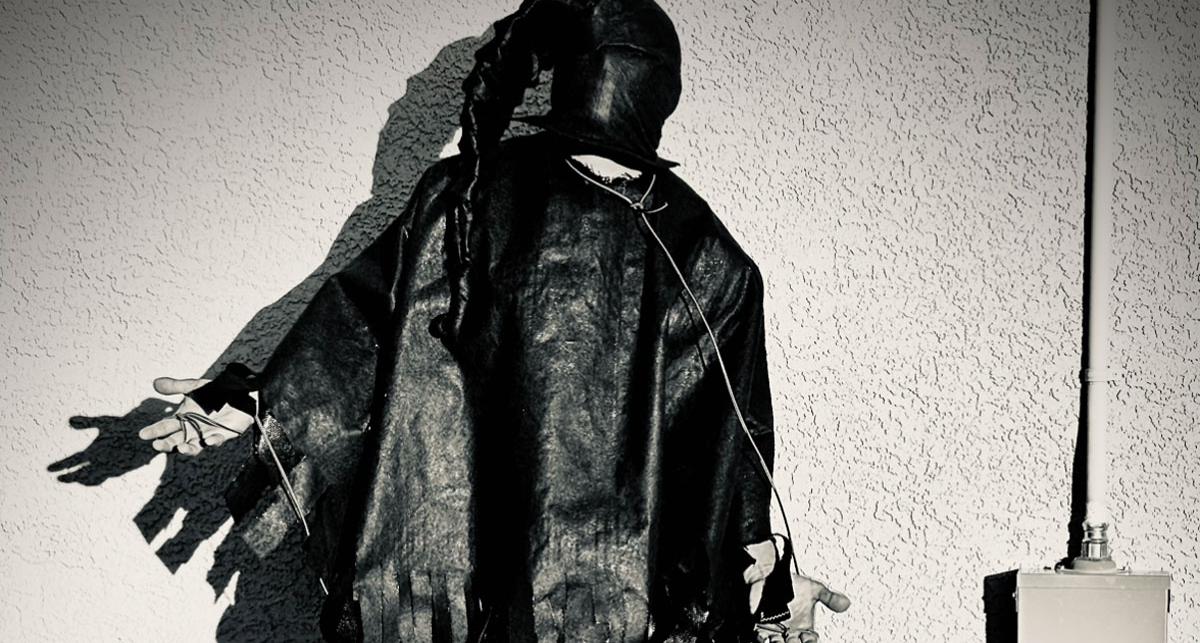Art Exhibits on Display Nov. 13–Dec. 7, 2023
Truckee Meadows Community College (TMCC) welcomes three local artists and one student artists exhibits, which will be on display from Nov. 13 through Dec 7, 2023. An opening artists’ reception and artist’s talk by Robert Post will be held on November 15 from 5–7 p.m. at the V. James Eardley Student Center in front of the Main Gallery. The opening artists’ reception will also be taking place by the Red Mountain Gallery on the 3rd floor in the Red Mountain Building on the Dandini Campus. Refreshments will be available, and exhibitions are made free and open to the public.
TMCC Main Gallery: Over the Edge by Robert Post
Robert Post’s primary subject matter is the human figure. However, he also does venture off on other subjects such as his carousel horses. Post works primarily in oils and charcoal and his work is greatly influenced by his knowledge of art history, it’s a synthesis of the artists that he has been most influenced by. Such as, Francis Bacon, Egon Schele, Picasso, Iggy Pop, and Rodin, In Post’s own words he is an artisan. No different than a plumber or an electrician. To use your imagination, to be honest in your creation, to offer your endeavors to the public and for the public, to create something unique and lasting. This is his goal with his art. Talent is simply “skill combined with story”. Post was born with the desire to etch his story on every possible surface he could find. His art is his story like the cavemen that painted theirs on walls of stone and his artistic inspiration comes primarily from his subconscious.
Red Mountain Gallery: Lightning from Bottles: Cámera Galletita Lumen Still Lives by Sonny Rosenberg
Sonny Rosenberg first heard of the cámara galletita (cracker camera) from an article in a photography blog that he was writing for at the time. The cámara galletita is literally a camera with a cracker as its lens, or more correctly, as its multiple pinhole. Rosenberg soon cobbled together a primitive version using an old 5x7 film box and a large cracker. To his surprise, it worked. It produced layered multiple, somewhat cubist looking images. At the same time, he was experimenting with lumen cameras. Cameras that use black and white photo paper in long exposures to produce color images on the paper with no development or chemicals required. Peering through the multiple cracker holes of the cámara galletita, he wondered if the cracker would allow enough light to pass for it to function as a lumen camera. His first attempts with exposures, of 1, 2 or even 4 hours were mostly failures. There were images there, but they weren’t very interesting or pleasing. Rosenberg continued his experiments with increasingly long exposures. When the exposures began to approach 8 hours, He began to get good contrast and interesting colors. At 10-12 hours the images were bright and strong. Because of the abundance of holes in the various crackers that he was using as lenses, the images were extremely overlapped and abstract. Rosenberg wondered if a ‘lens’ with fewer holes might lend more interesting results and allow for greater control of the exposures. He fabricated a faux cracker, first out of aluminum foil and later out of brass shim stock that worked well. The images on display are the results of those experiments. Most are taken with a grouping of glass bottles placed within a foot or two of the camera, hence the title of the exhibit. All the exposures are from 10-12 hours. The yellow streaks in the sky are the paths of the Sun’s arc across the sky. All exposures were taken during the Summer of 2022.
Erik Lauritzen Gallery: Desert City by Bobby Lee
For Bobby Lee, Las Vegas is a city full of contrasts. Originally the home of southern Paiute tribes who maintained a fertile valley using artesian wells, they were violently displaced to make way for westward colonial expansion and mining. Urbanization followed with the construction of the Hoover Dam leading to the current modern city of entertainment, capitalist desire, and suburban sprawl. Built in an extremely dry desert it relies on the steadily shrinking Lake Mead reservoir for water and electricity. The city has grown tremendously in the last 30 years and it faces the unpredictable effects of climate change ahead. In a newly released master plan for the next 30 years, city planners acknowledge the trend toward hotter and drier weather but ultimately maintain an optimistic vision of continued economic prosperity and population growth as evidenced by the ever-expanding suburban tract homes being built around the edges of the city. The surrounding Mojave Desert however has its own timeline written in the rocks and layers of the earth that have existed for millions of years that will ultimately outlast the city. This photographic series on display represents an abstract map of the city, going from desert to urban center and back to desert. The horizontal arrangement visually situates the urban center within the context of the surrounding desert along with the urban-rural transition zones of neighborhoods and flood basins. Newly built houses abruptly border the open desert landscape and large flood basins and channels reflect the human-nature relationship centered around water. The accompanied book shows the same series in an extended accordion book format, showing how the book can act as a portable exhibition that can exist beyond the exhibition.
Red Mountain Student Gallery: Shock and Awe by Matthew Leue
Shock and Awe is inspired by the Iraq War and its impact on society 20 years after the United States' preemptively invaded Iraq in 2003. As a disabled combat veteran of the Iraq War, Leue wanted to create this series to draw awareness to the effects this conflict has had in human cost and suffering and to give a voice to the voiceless Iraq War veterans. With this photographic series he intends to make a counterargument to the military-industrial complex that seeks to enlist high school students and young people in college for the impending wars. Leue created this body of work because 20 years is a long time. While the details of what happened to the people who served in Iraq fade away from our collective memory as a nation, the military is gearing up for the pending wars in China and Russia. Often, recruiting efforts will attempt to convince high school and college students that if they join the United States military, they can have a better life with benefits after service. Through this body of work, I intend to counter that argument. “Shock and Awe” sheds light on the human cost paid by the soldiers, now veterans who served in the Iraq War while also acknowledging that over one million Iraqis lost their lives during this conflict.
